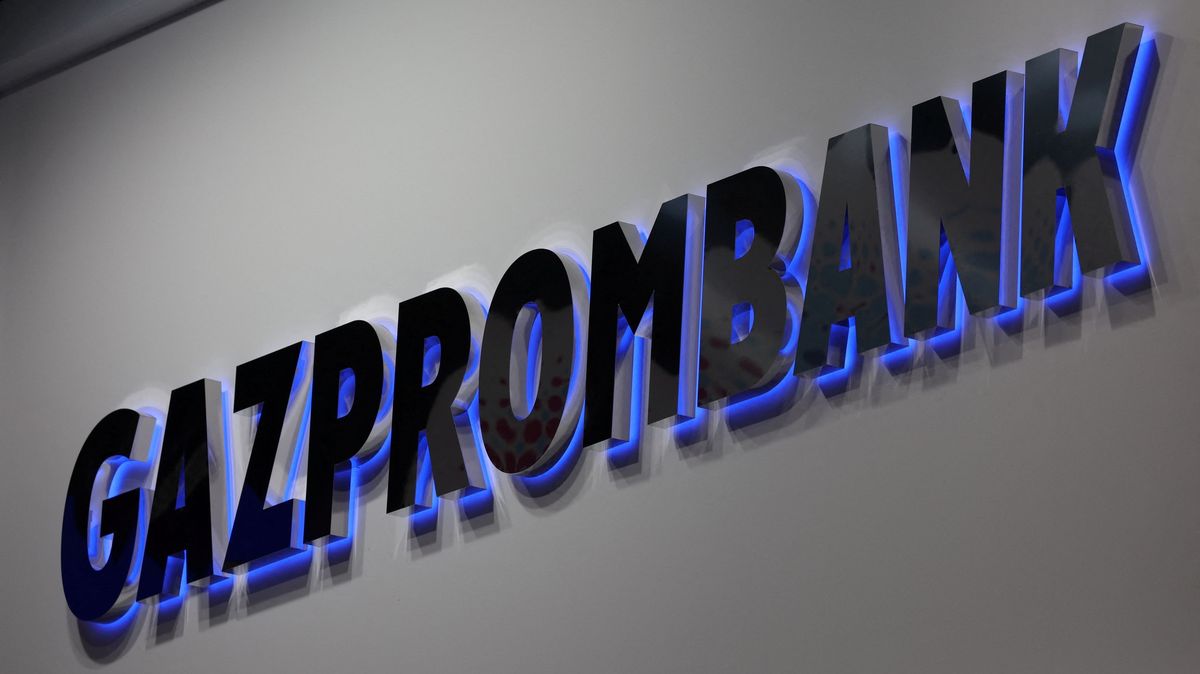Trade between India and Russia has increased sharply since last spring, precisely in response to the sanctions imposed on Russia by Western countries. As a result, trade routes changed to export Russian raw materials such as oil, petroleum products, and natural gas. Part of the world has not joined the anti-Russian sanctions, so Russia is focusing on strengthening trade relations with China, India or Latin America.
“We have worked hard to create a level of partnership with Indian banks,” Borisenko said on the sidelines of the India-Russia trade dialogue today in New Delhi. “Now we have the infrastructure and we have payments from the banks,” she continued. “It’s much better than it was three months ago,” she added.
Gazprombank is Russia’s third largest bank by assets and a major intermediary in payments for Russian energy exports. While Britain and the United States imposed sanctions on Gazprombank last year, the European Union did not include this bank in its sanctions list. Despite a series of political and economic sanctions against Moscow, the Union continues to import Russian gas through the gas pipeline network to Central Europe.
As a result of higher oil purchases, the trade balance with India is increasingly tilting in favor of Russia. Borisenko said this balance could be improved by Russian companies investing in infrastructure projects in India. “We hope that (trade) will be better and continue to improve… and that payments between Russia and India will continue to grow increasingly in national currencies,” she added.
India introduced a broader framework to facilitate foreign rupee trade last year, and since then, many foreign banks, including Gazprombank and other Russian institutions, have opened so-called vostro accounts with Indian banks. These are the accounts that local banks open for foreign financial institutions in their own currency.
Looks like IKEA, but it’s not IKEA. The Swedish House opened in Moscow
economic

“Alcohol scholar. Twitter lover. Zombieaholic. Hipster-friendly coffee fanatic.”

